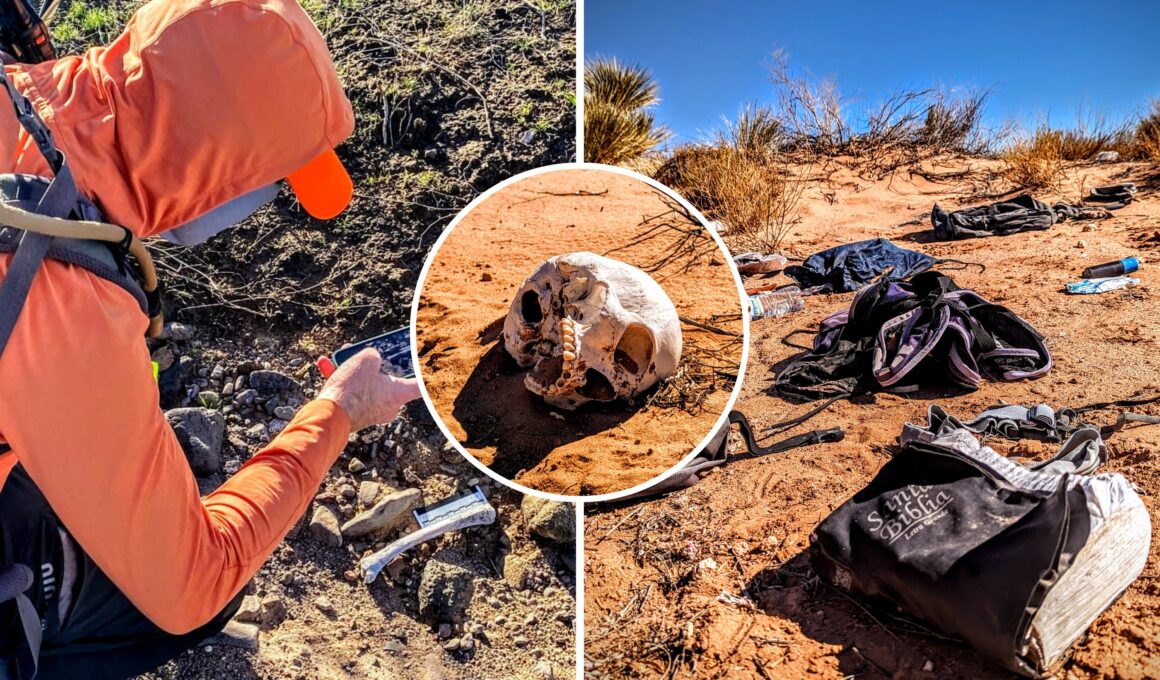Thousands of migrants have died crossing the U.S.-Mexico border in recent years, with volunteers regularly finding piles of skeletal remains scattered across the desert — often the only evidence of a life cut short attempting to reach America.
Human rights groups have long described the situation as an “unabated crisis,” with the United Nations saying last September that around 686 deaths and disappearances had been recorded in the previous 12 months.
Nearly half of those nearly 700 deaths — which is likely a significant undercount — happened in the Sonoran and Chihuahuan deserts that straddle the border.
Volunteers head out into those deserts looking for the missing, filing reports on those they find and taking photos of the possessions and clothing found alongside as-yet unidentified human bones.
“I often feel pretty angry, that here I am on U.S. soil, on public land, and I’ve found the remains of a human,” Abbey Carpenter, a volunteer with the Battalion Search and Rescue service, told Newsweek.
“I feel like ‘Here it is again, we found more remains. Here’s another person that may remain nameless, that their family may never know what happened to their mother, their aunt, their father’.”
Carpenter has been volunteering for around a year with the group in New Mexico and Arizona, helping to find the remains of migrants who disappeared after crossing the U.S. border.
Hundreds of missing migrants go unreported
On just the 12 search missions Carpenter has joined, she has found the remains of around 35 people, their ages ranging from 10 to 67-years-old.
“We find remains anywhere from one skeletonized bone to a field of skeletal remains which have been scattered by animals,” Carpenter said. “There are often belongings around them as well – clothes, backpacks, personal items, cell phones. Those are often still there.”
Carpenter, who used to teach English to migrants, said she felt called to the work in the desert after she retired. She accused the federal government of not taking the issue seriously.
“Nobody is looking for these migrants who might be in distress or deceased,” she said.
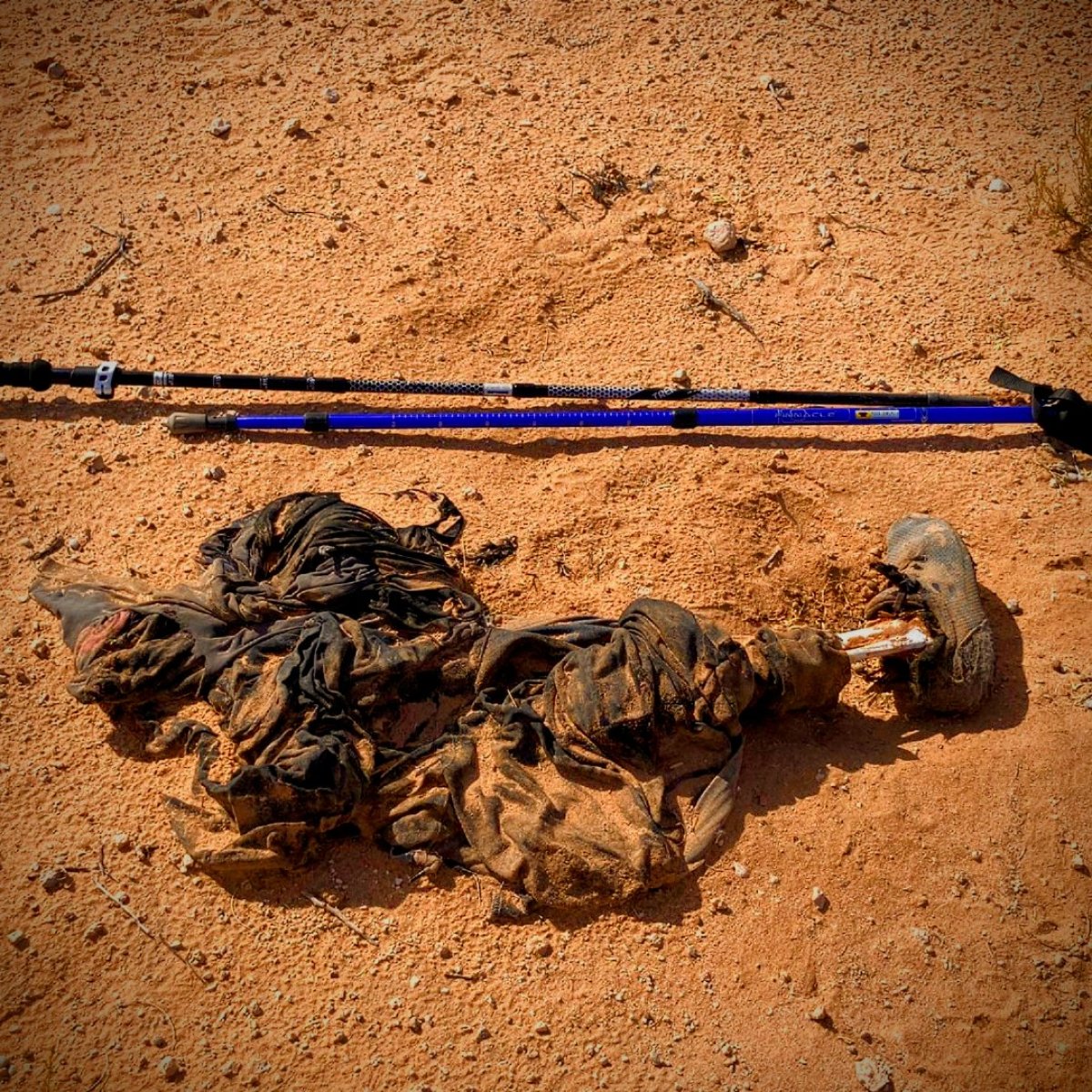
One of the key issues is a lack of data on those who have gone missing, with many migrants crossing between official ports of entry, often believing smugglers who tell them they will be picked up on the other side by border patrol.
Brad Jones, a professor of political science at the University of California, Davis who also works with an organization locating the remains of missing migrants, described the situation as “inhumane.”
“We know that over 4,000 Migrants have died in the last 20 years on the Arizona Mexico border,” Jones told Newsweek. “But we only know that because those are remains that are found.
“For every one migrant that’s found, estimates range from three to eight probably have not been found.”
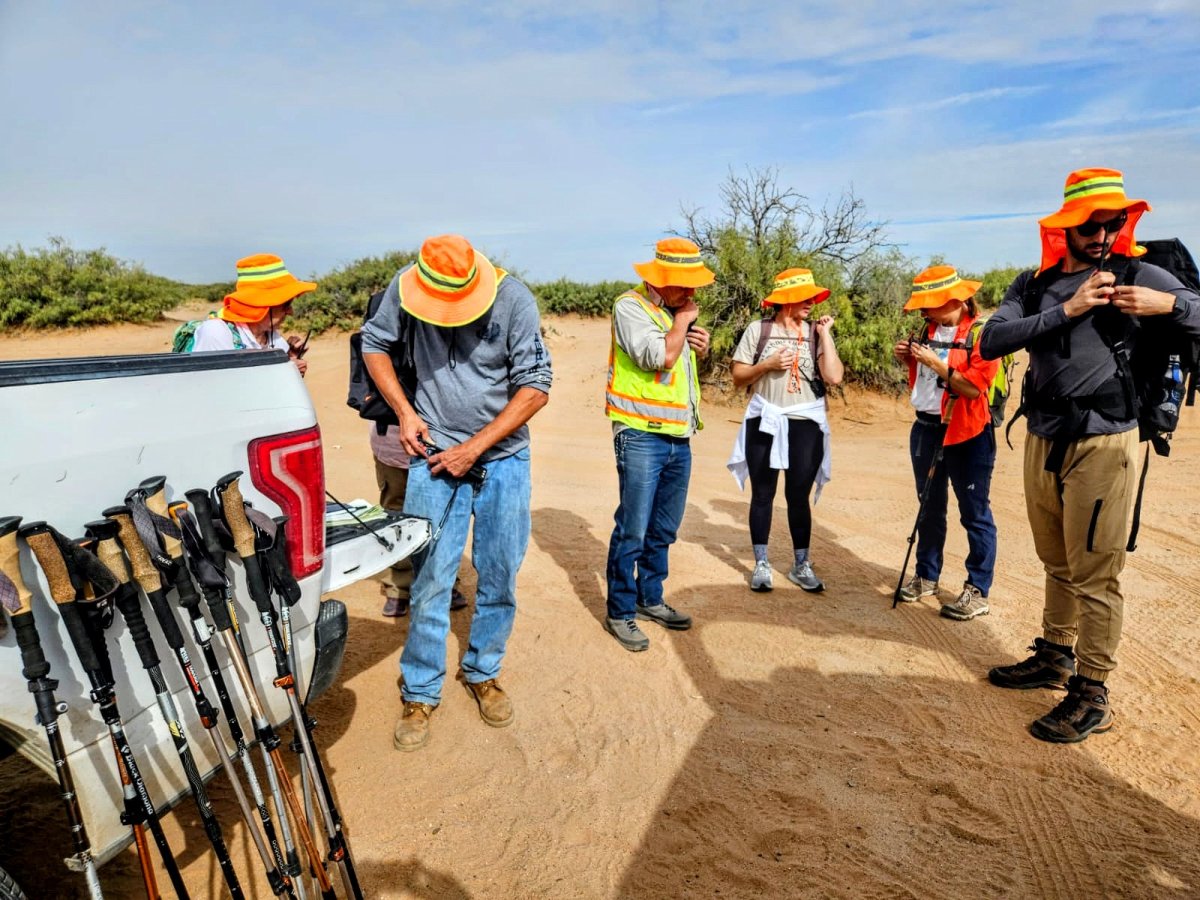
Missing data affects families back home
Jones said that some migrants can be identified as they are carrying some form of I.D., or have already attempted the crossing and had their fingerprints taken by U.S. officials.
However, many families in countries of origin are left without answers as to what happened to their loved ones.
“Systematic undercounting and underreporting of migrant deaths has been, unfortunately, a perennial issue,” Jones said. “This problem is made all the worse when local officials try to prevent search and recovery groups like Battalion from reporting their findings.”
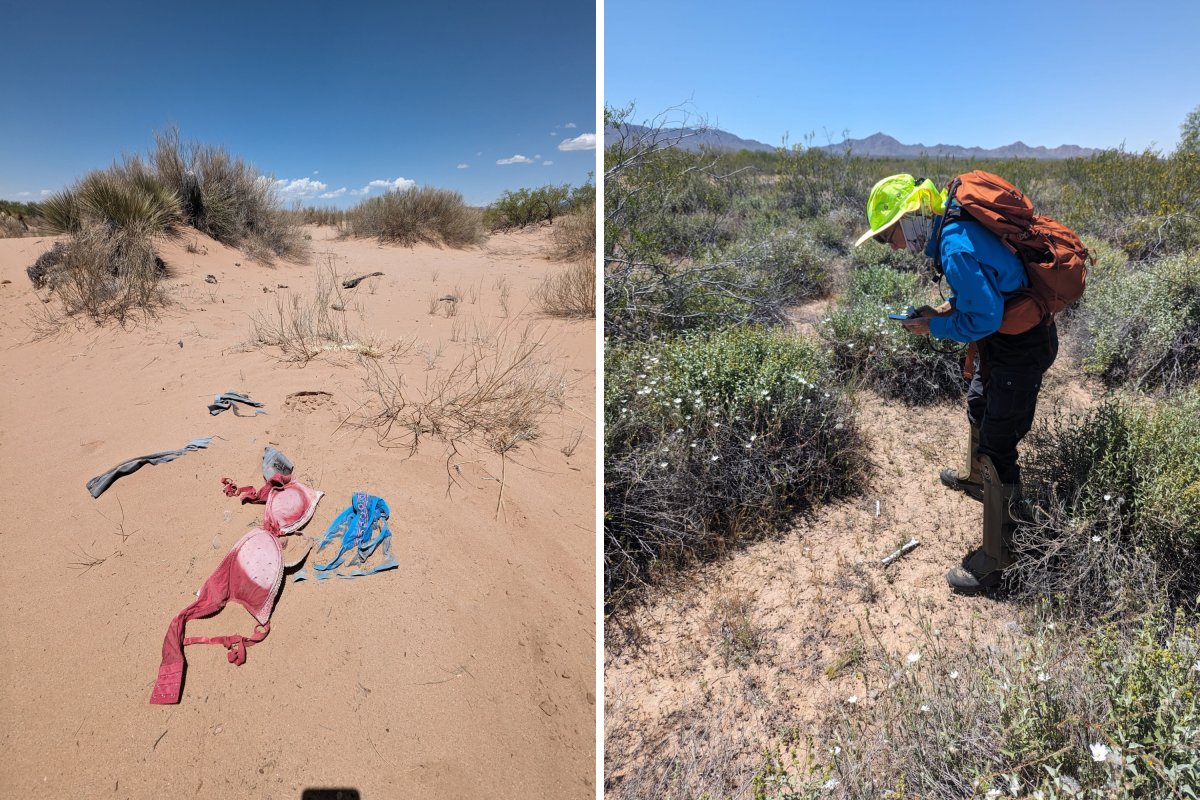
The nonpartisan Government Accountability Office started looking into Customs and Border Protection’s work recording missing and dead migrants in 2022.
Part of the problem is that migrants are crossing at unofficial points into a vast and unforgiving desert, leaving them vulnerable to the extreme heat, with very little shelter.
“Sometimes deaths occur in more remote locations, so those migrant deaths might go unreported,” Rebecca Gambler, a director at the GAO, told Newsweek.
“It can also be difficult to determine if remains that are discovered belong to a migrant who was attempting to enter the U.S., which would impact whether or not the death would be recorded in the border patrol’s data system,” she said.
Waiting for medical-examiner reports creates limits on keeping effective track of migrants who go missing and die.
CBP implemented its Missing Migrant Program in 2017, which included signage, rescue beacons and other tools for those in distress to let others nearby know they were there.
Gambler said that having accurate data on this program is vital to make appropriate decisions at the border.
“It’s really important for data limitations to be identified, so that Congress and policymakers and the public have the appropriate context about the data that border patrol reports on migrant deaths,” she added.
Less than 1% of the 3,340 migrant children reported missing to the U.S. Department of Health and Human Services between October 2019 and April 2023 have been found.
Volunteers want leaders to take notice
While some sectors along the border welcome volunteer organizations and keep up their records, Jones, the UC Davis professor, said that is not always the case.
“We have had an unabated death crisis that has persisted ceaselessly for a quarter of a century. For every migrant found, there are likely many more who are never found,” he said.
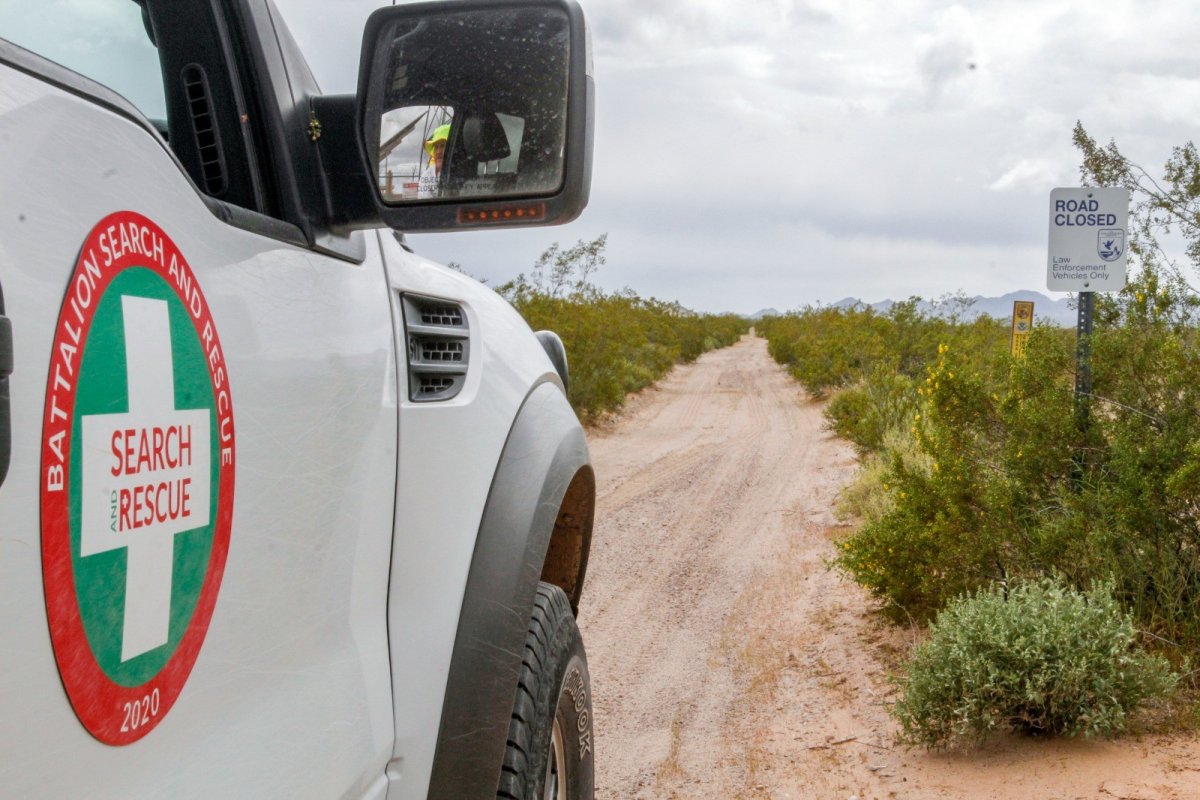
“Thanks to search and rescue groups, we’re learning a lot more about the scope of this tragedy and it is frustrating, sad, and frankly, inhumane, to not allow the reporting of recovered remains,” Jones continued.
“These individuals were someone’s father, mother, sister, or brother, and they died in, likely, very horrific ways.”
Carpenter said she understands that there is an overwhelming number of people coming across the border, but said that was no reason for officials not to take migrant deaths as seriously as they would a tourist or U.S. citizen.
Her group, Battalion, believes more needs to be done by the federal government to create a humane approach to how people can enter the country legally.
Newsweek reached out to U.S. Customs and Border Protection for comment on this issue, but is yet to receive a response.
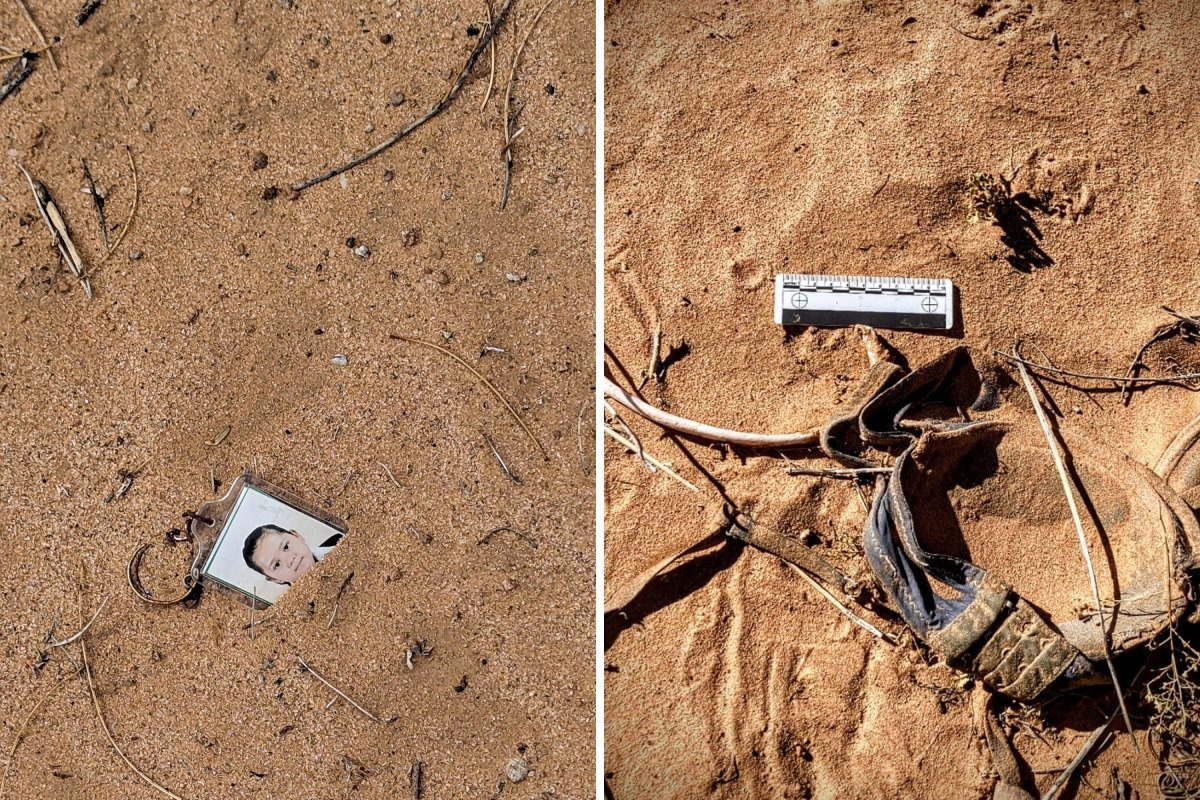
Jones said that, historically speaking, most remains found belong to Mexican males between 25 and 35. However he has noticed shifts in patterns among the missing migrants found dead.
“What we are seeing though, is an increase in the number of deaths associated with females,” he said, with data from Battalion showing around half of the remains found in the El Paso sector in 2023 belonging to women.
In many cases, Carpenter said she doesn’t know the identities of the people she finds, saying it is more than she might like to know at times.
“One time we did find somebody’s birth certificate, so I know that woman’s name, I know how old she was, I know where she was born, I’ve been to the area she was from in Mexico,” Carpenter said, explaining that it took eight days and pressure from the Mexican consulate to get the remains recovered.
“I hated thinking about her, out there for a week because, what, it was too much trouble?”
Do you have a story Newsweek should be covering? Do you have any questions about this story? Contact LiveNews@newsweek.com




